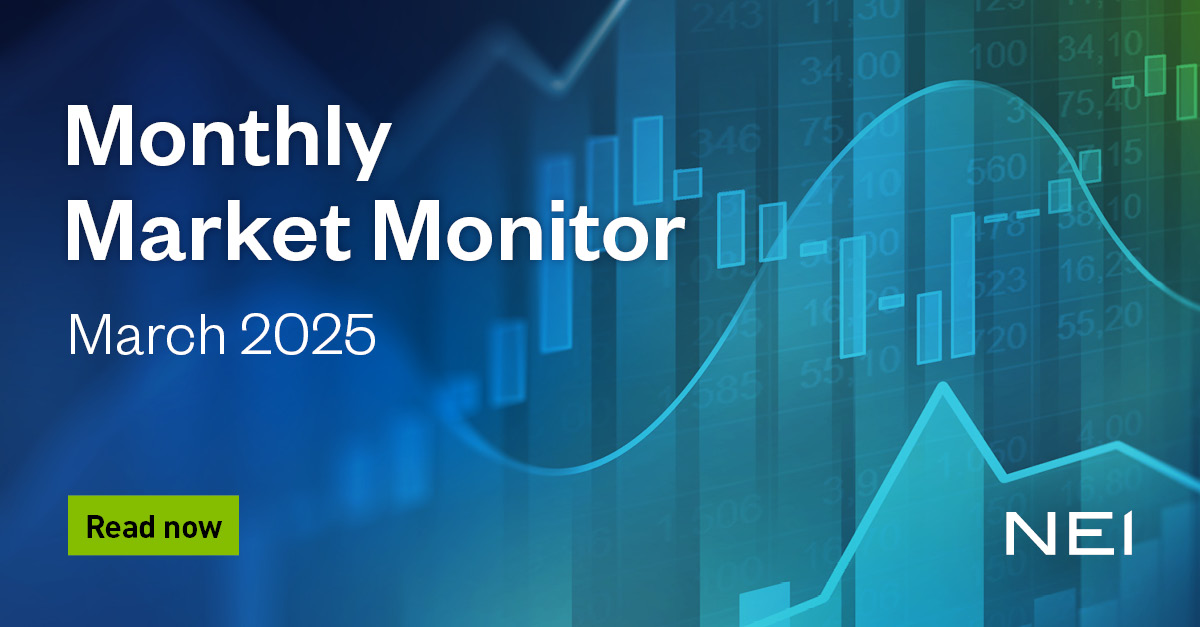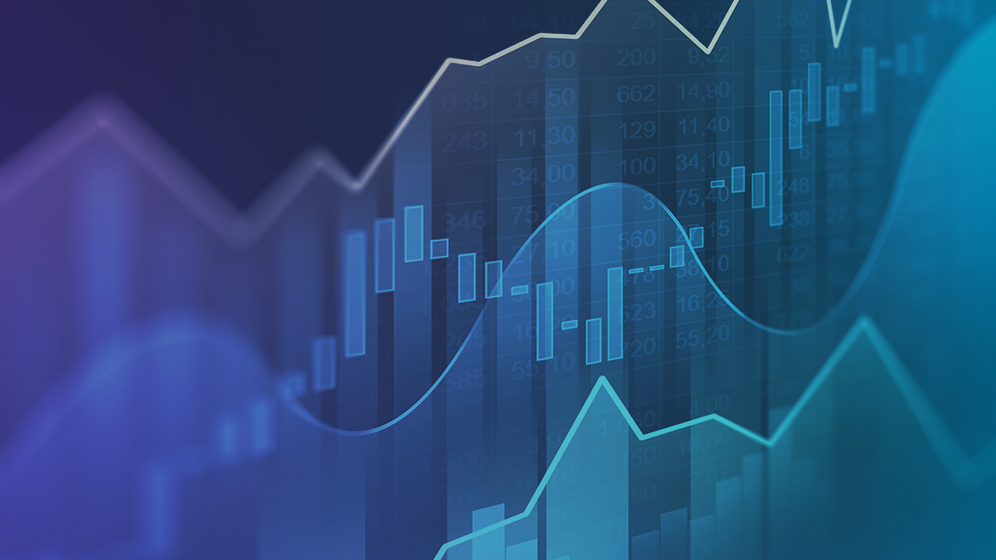We learn about human rights risks in their supply chain, and push for enhanced disclosure about their processes and remediation efforts.
Objective: Seek and share information about Walmart’s management of human rights risks in the supply chain, and push for enhanced disclosure about their processes and remediation efforts.
We met with Walmart as part of an ongoing collaboration organized by the Interfaith Center on Corporate Responsibility (ICCR), which has been engaging with Walmart for many years. It was our third meeting with the company in 2023 and our second as part of this group; the other meeting was with a collaborative on deforestation. While Walmart has certainly progressed in the area of human rights in the supply chain, we feel there is more they should be doing given their size, influence, and awareness of salient risks. Walmart employed 2.1 million people globally as of the end of 2023, making it the largest employer in the world.13
One of the key risks that Walmart faces in its supply chain is labour issues. These can range from pay practices to worker safety to child labour to anti-union behaviour. When problems such as these arise and make headline news, the potential for reputational damage to the company is significant. Many media outlets14 reported it when The Canadian Ombudsperson for Responsible Enterprise (CORE) opened investigations into Walmart Canada (along with the Canadian divisions of Hugo Boss and Diesel), regarding allegations the companies “have operations or supply chains in the Xinjiang region of the People’s Republic of China that have used or benefitted from the use of Uyghur forced labour.”15 The New York Times published in February an in-depth article about migrant child labour in the U.S. that cited Walmart, among many other large, well-known companies in various sectors, which led some of the companies (including Walmart) to say they took the allegations seriously and would investigate their supply chains.16
Company representatives walked us through Walmart’s processes, including efforts used to identify and rectify human rights risks in core supply chains, such as apparel from Bangladesh, produce from the U.S. and Mexico, and seafood from Thailand. They told us about their current processes and shared that we may see more updates in 2024 on how they identify human rights risks. Walmart reported over 26,900 “active” supplier facilities in 2023, with third-party audits conducted across 66 countries.17
In alignment with the ICCR core working group, we do feel Walmart should be publicly disclosing more about what they’ve done to address allegations of child labour brought by the New York Times article. We also feel it would be beneficial for investors if Walmart were to publish a list of their Tier One suppliers,18 which many retailers do as a best practice, particularly in the apparel industry.19 Companies often raise concerns around competitiveness when asked to disclose supplier names, though there are many companies that have done so anyway. We continue to encourage Walmart and others to consider how they can provide more information about their suppliers. This information helps us better assess human rights risks and how a company responds to those risks.
Next steps: We will continue to engage with Walmart as part of the ICCR group as we call for the company to improve disclosure around their human rights risks and remediation processes.
13 https://www.statista.com/statistics/264671/top-50-companies-based-on-number-of-employees/
14 CTV News, Global News, The Globe and Mail, among others.
16 https://www.nytimes.com/2023/02/25/us/unaccompanied-migrant-child-workers-exploitation.html
17 https://corporate.walmart.com/purpose/esgreport/social/people-in-supply-chains
18 Tier One suppliers are those with a direct relationship with the buyer.
18 Fashion Revolution publishes lists of apparel companies who disclose the names of their suppliers: https://www.fashionrevolution.org/tag/tier-1/




